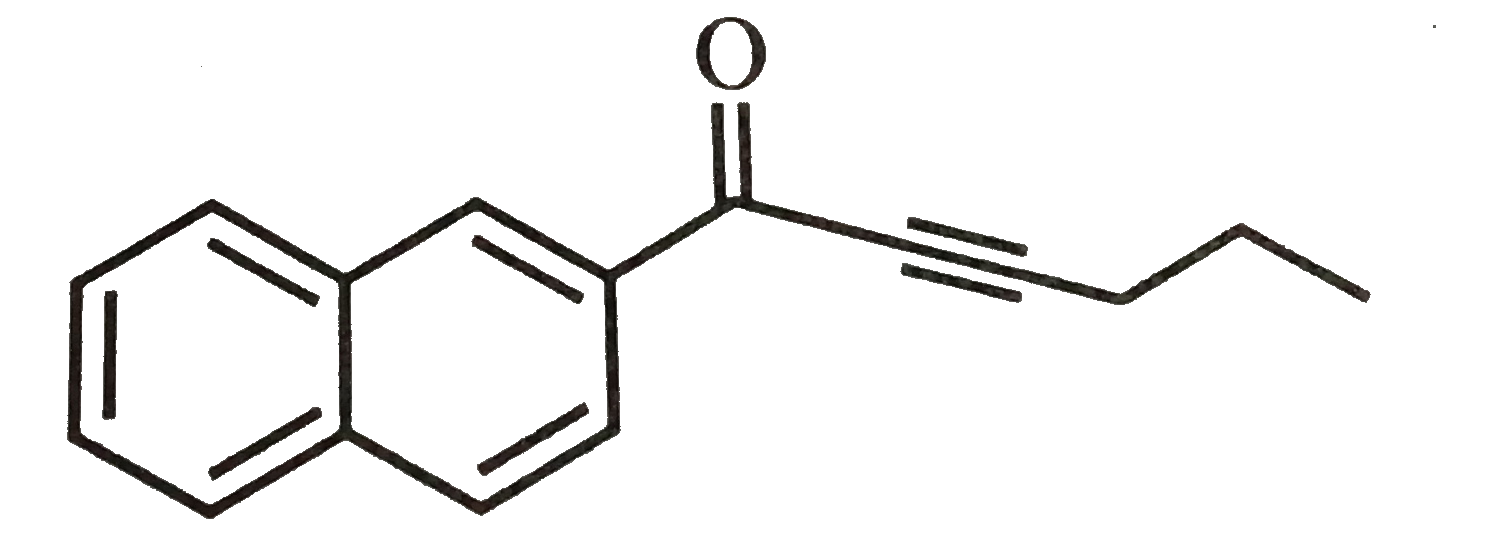No. of C-C sigma bond in mesityl oxide
To determine the number of carbon-carbon (C-C) sigma bonds in mesityl oxide, we can follow these steps:
Step 1: Identify the Structure of Mesityl Oxide
Mesityl oxide has the molecular formula C₅H₈O. The structure can be represented as follows:
- It consists of three methyl groups (CH₃) attached to a central carbon that is also connected to a carbonyl group (C=O).
Step 2: Draw the Structure
The structure can be drawn as:
CH3|CH3−C−CH=O|CH3
Here, the central carbon is connected to three CH₃ groups and is also part of a double bond with oxygen.
Step 3: Count the Carbon Atoms
In the structure, we can see that there are a total of 5 carbon atoms:
1. One carbon in the carbonyl group (C=O).
2. Three carbons from the three methyl groups (CH₃).
3. One carbon that is part of the double bond with oxygen.
Step 4: Identify the C-C Sigma Bonds
Now, we need to count the C-C sigma bonds:
- Each bond between two carbon atoms is a sigma bond.
- In mesityl oxide:
- The three CH₃ groups are each connected to the central carbon, contributing 3 C-C sigma bonds.
- The central carbon is also connected to another carbon that is part of the double bond, contributing 1 more C-C sigma bond.
Step 5: Total Count of C-C Sigma Bonds
Adding these together:
- 3 (from CH₃ to central carbon) + 1 (from central carbon to the carbon in the double bond) = 4 C-C sigma bonds.
Conclusion
The total number of C-C sigma bonds in mesityl oxide is 4.
---
Mesityl oxide has the molecular formula C₅H₈O. The structure can be represented as follows:
- It consists of three methyl groups (CH₃) attached to a central carbon that is also connected to a carbonyl group (C=O).
The structure can be drawn as:
CH3|CH3−C−CH=O|CH3
Here, the central carbon is connected to three CH₃ groups and is also part of a double bond with oxygen.
In the structure, we can see that there are a total of 5 carbon atoms:
1. One carbon in the carbonyl group (C=O).
2. Three carbons from the three methyl groups (CH₃).
3. One carbon that is part of the double bond with oxygen.
Now, we need to count the C-C sigma bonds:
- Each bond between two carbon atoms is a sigma bond.
- In mesityl oxide:
- The three CH₃ groups are each connected to the central carbon, contributing 3 C-C sigma bonds.
- The central carbon is also connected to another carbon that is part of the double bond, contributing 1 more C-C sigma bond.
Adding these together:
- 3 (from CH₃ to central carbon) + 1 (from central carbon to the carbon in the double bond) = 4 C-C sigma bonds.
The total number of C-C sigma bonds in mesityl oxide is 4.
Similar Questions
Knowledge Check
Mesityl oxide is
AketoneBaldehydeCesterDethersσ- bond is
AStronger than it bondBWeaker than it bondCEqual in strength to it bondDNone of theseIn a sigma bond
ASidewise as well as end to end overlap of orbitals take placeBSidewise overlap of orbitals takes placeCEnd to end overlap of orbitals takes placeDOpposite changes attract each other


